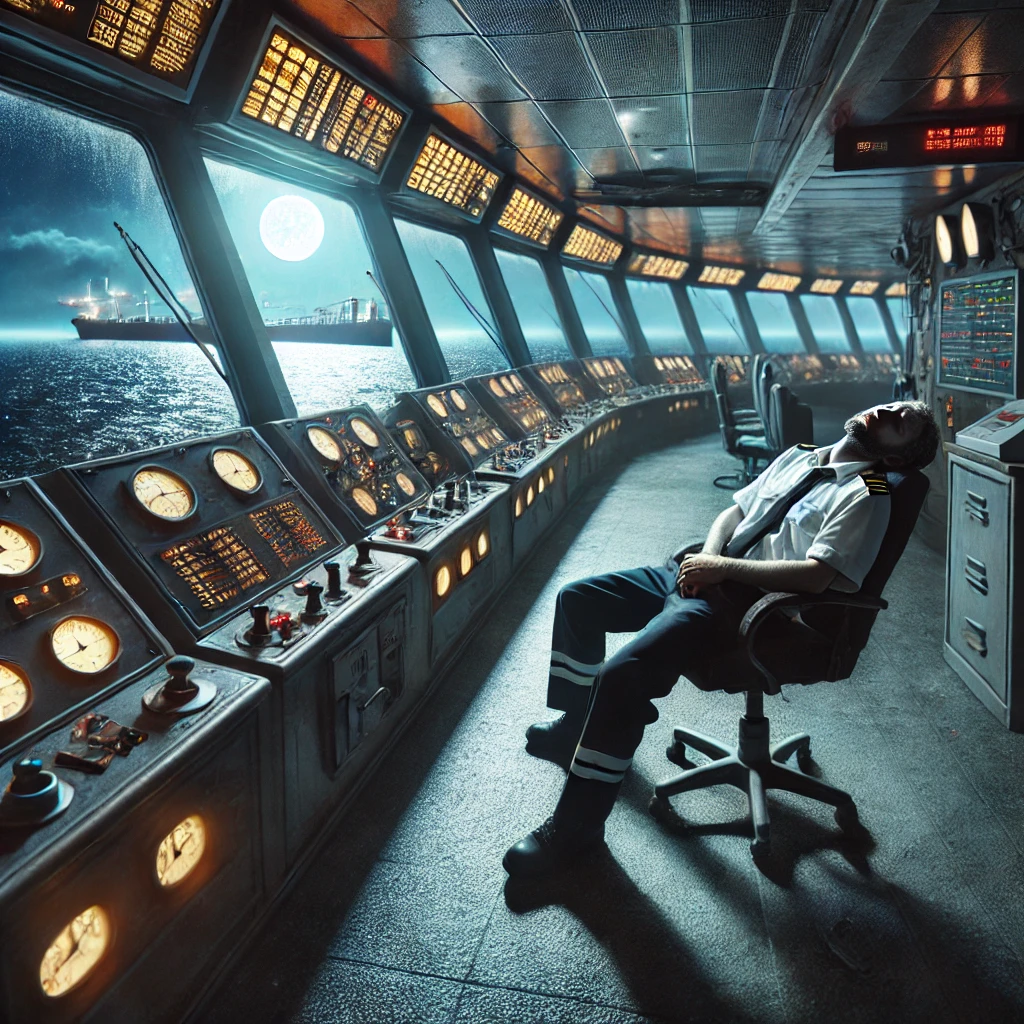September 5, 2022 GENERAL
Britain blocked the entry of the poisoned ship Nae Sao Paulo into the Strait of Gibraltar. It is not known what the route of the ship will be after the decision.
It was learned that the UK blocked the entrance of the Nae Sao Paulo ship, which contains asbestos and intense toxic waste, into the Strait of Gibraltar.
According to the news published by Brazil, the UK announced that the ship will not be able to enter the Strait of Gibraltar unless permission is obtained from the port authority for this transport.
According to online tracking, the aircraft carrier is currently located off the coast of Morocco, near Casablanca on its way to the Strait of Gibraltar at the entrance to the Mediterranean Sea. It is not known what the route of the ship will be after the decision.
The ship, named Nae Sao Poulo, to which the people of Izmir reacted, started on 4 August from Brazil’s Rio de Janeiro Port and proceeded towards Aliağa, the place where the ship was planned to be dismantled. While the ship was continuing its voyage, many circles, democratic groups, professional organizations, as well as political parties and municipalities in İzmir took a series of actions. After the demonstrations, marches and concerts, the government had to step back.
On August 26, Minister of Environment, Urbanization and Climate Change Murat Kurum announced that a dangerous inventory report was requested for the ship but no response was given and that the conditional dismantling permit was canceled and the ship would not be allowed to enter Turkish territorial waters. Despite the cancellation of the permission, it turned out that SÖK Shipping, which will carry out the dismantling of the ship, did not give the order to stop the ship and only decided to slow down the ship.
Following the developments, the Brazilian Ministry of Environment (IMABA) suspended the export permit of the ship. The Ministry wrote a letter to Ocean Prime, the partner of SÖK Shipping, which handles the import business. The letter called for an immediate return to Brazil, accusing the ship of sailing in illegal traffic. While the route of the ship, which was towed and brought to Turkey by the Alp Center ship, does not change, it continues towards the Strait of Gibraltar.
Experts state that one of the places where the ship can go if international law is applied is Motitania. In Noadibou, the country’s second largest city and also its economic capital, more than 100 abandoned shipwrecks are waiting to be removed off the coast of the White Cape. In the country rich in fish reserves, iron pile shipwrecks pose a danger to the marine ecosystem.
Experts state that there is an excessive amount of polychlorinated biphenyl toxic substance in the region, which is harmful to human health in the long term and whose use is prohibited according to the 2001 Stockholm Treaty. It is stated that the reason for this is the ships buried in deep waters and on the surface and left to rot.
After the nationalization of the fishing industry in the 1980s, the coastline, full of abandoned ships because it was uneconomical, almost resembles a large ship graveyard. Later, it is stated that the situation got out of control after the local rulers of the time allowed out-of-date ships to be abandoned here as well. The European Union Commission has allocated a budget of 28 million euros for the removal of the ships.
Source: https://www.news2sea.com/ship-with-asbestos-blocked-from-entering-gibraltar/








